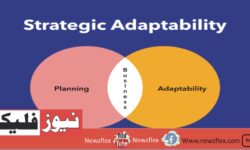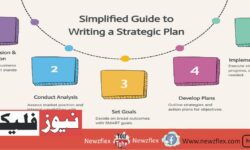You’re facing shifting project demands. How can you maintain agility and adaptability?
You’re facing shifting project demands. How can you maintain agility and adaptability? Change is no longer the exception; it’s the new normal. Plans that once felt solid crumble overnight as new priorities emerge. So, how do you stay agile without losing focus? Many teams crumble under shifting demands because they think adaptability means endless flexibility. […]







